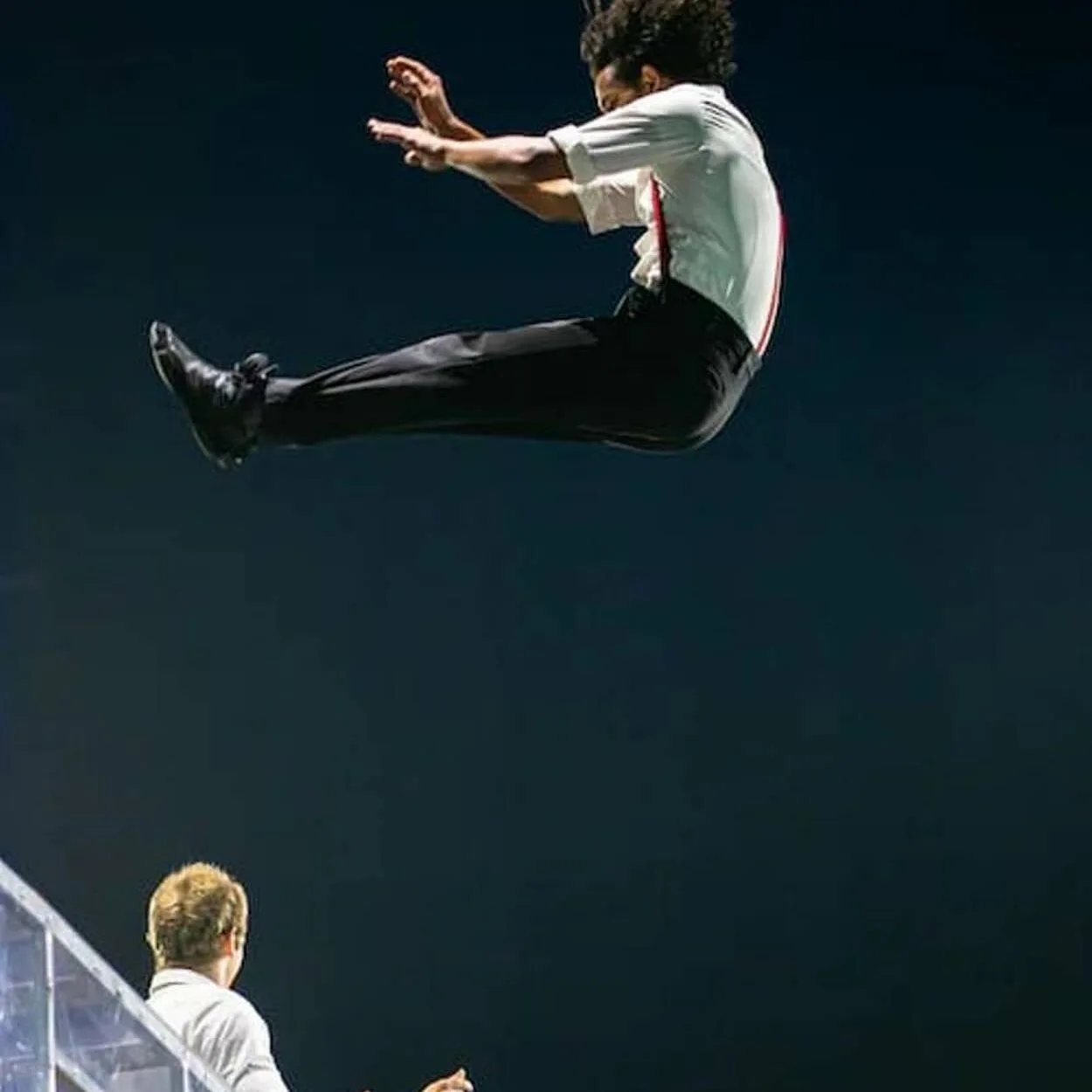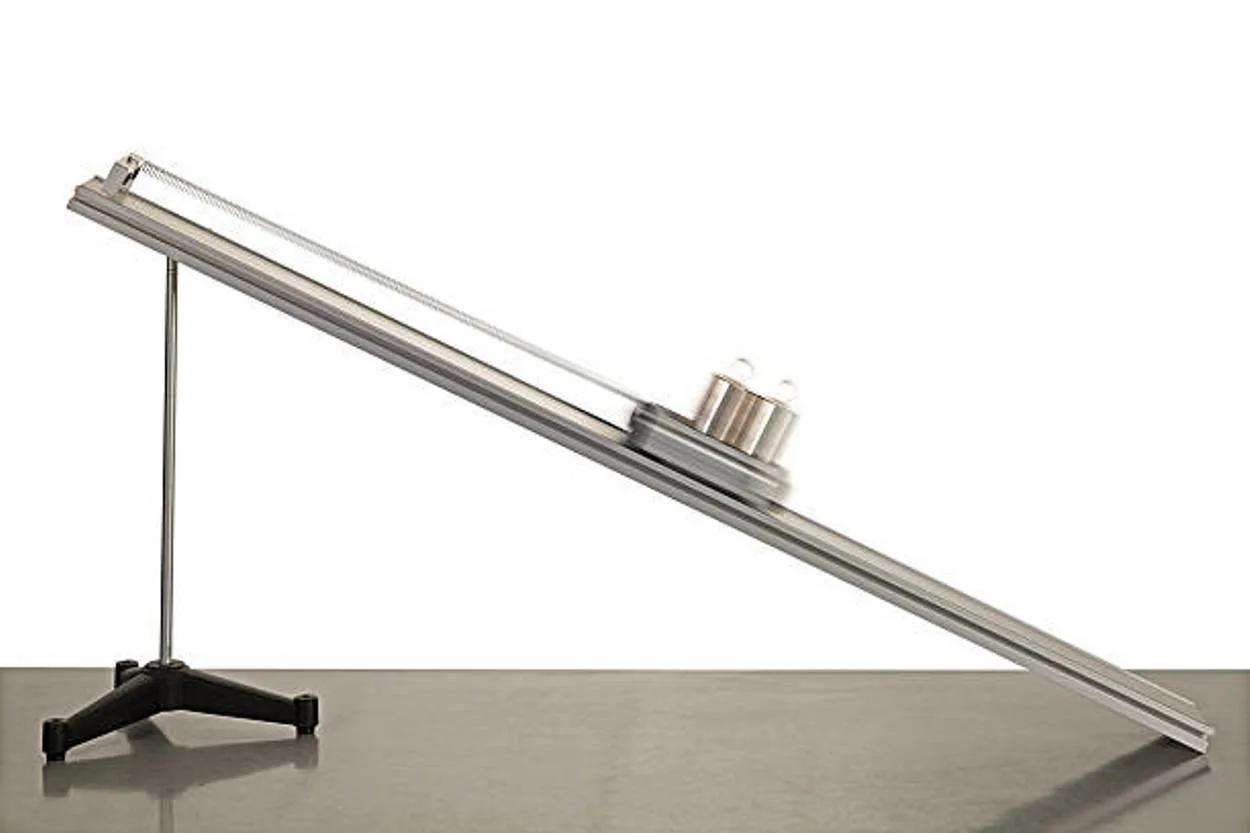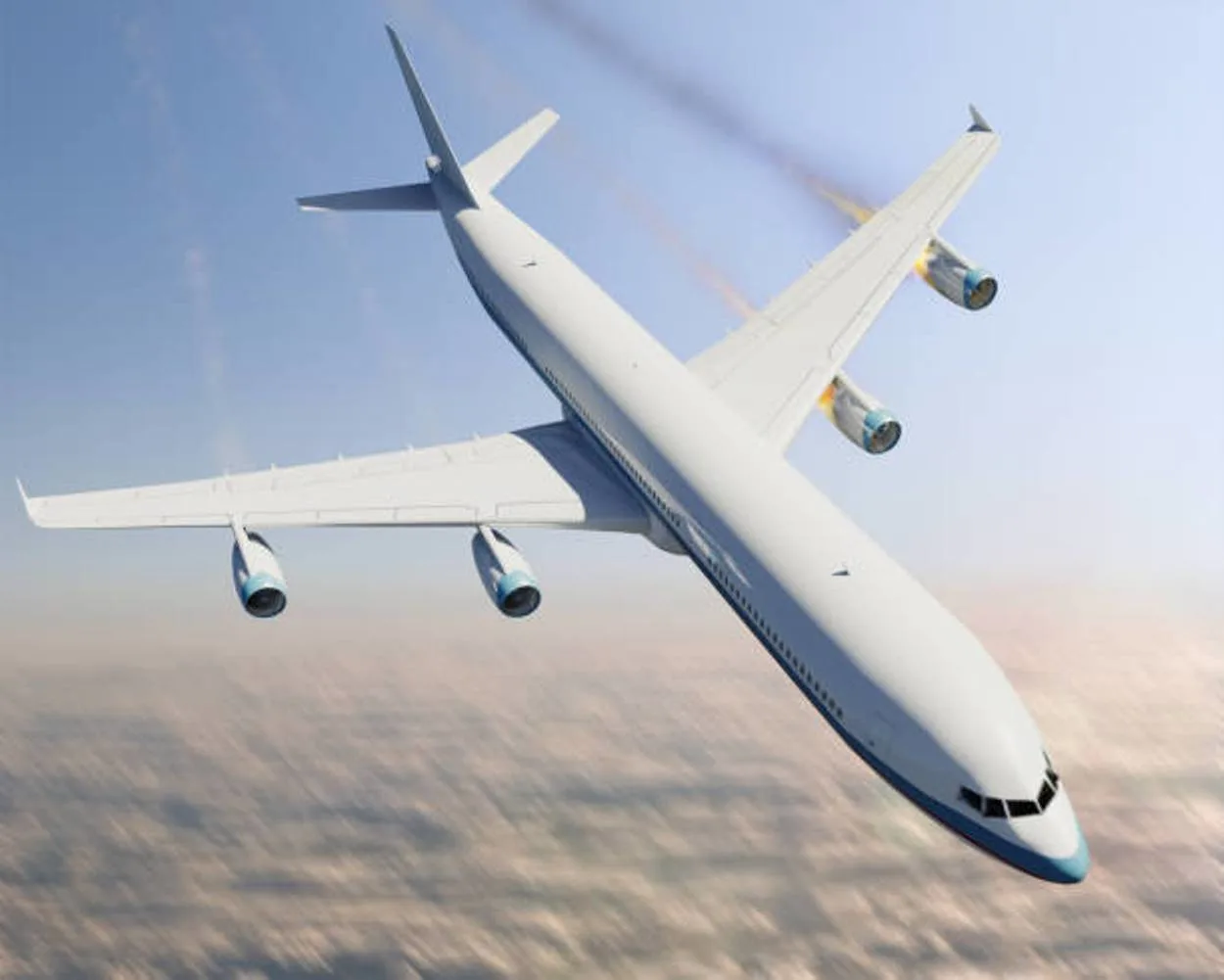The concepts of center of pressure (CP) and center of gravity (CG) are fundamental in physics and engineering, playing a pivotal role in disciplines such as aerodynamics, fluid dynamics, and structural analysis.
CP, which represents the point of concentration for aerodynamic forces due to fluid flow, and CG, which signifies the point where the weight of an object is concentrated, are critical parameters in these fields.
CP depends on factors such as the object’s shape, orientation, and velocity relative to fluid flow, while CG influences stability, balance, and object behavior under external forces or moments.
In contrast to the center of gravity, which is where the weight of the body acts downward, the center of pressure is the place on a body where the sum of all vector pressure acts on the body.
Understanding and applying these concepts is essential for diverse applications in engineering and physics, particularly in areas involving fluid flow and structural analysis.
What is the Center of Pressure?

The center of pressure, sometimes called the aerodynamic center or the center of aerodynamic force, is a specific point on an object or body, such as an aircraft wing or a vehicle, where the cumulative aerodynamic force can be deemed to be concentrated. It is the point at which the net aerodynamic force can be thought of as being applied.
The center of pressure is a valuable concept in aerodynamics and engineering as it helps how an object behaves under the influence of aerodynamic forces. It is typically determined experimentally or through computational simulations.
Its location can change depending on various factors such as the shape and orientation of the object, airspeed, and angle of attack.
When an object is in stable equilibrium, the center of pressure should be located behind the center of gravity so that the aerodynamic forces help to restore the things to their original position when disturbed.
However, the center of pressure can shift during different conditions, affecting the object’s stability and control. It is an important parameter to consider in designing and analyzing vehicles, aircraft, and other structures subjected to aerodynamic forces.
What is the Center of Gravity?
The center of gravity, often abbreviated as “CG,” is a point within an object or system where the entire weight of the object or system can be considered to act. It is the average position of an object’s mass and the point around which it is balanced in a gravitational field.
The center of gravity is an essential concept in physics, engineering, and everyday life, as it affects the stability and balance of objects. In simple terms, if an object is suspended from its center of gravity, it will be in a stable equilibrium state, meaning it will not topple over due to gravitational forces.
The placement of the center of mass is determined by the configuration or dispersion of mass within the object. For objects with uniform density, the center of gravity is typically located at the object’s geometric center, such as the midpoint of a symmetrical object.
However, the center of gravity may be found at a different point for irregularly shaped objects or objects with varying densities.
In practical applications, determining the center of gravity is essential in fields such as engineering, architecture, and transportation. It helps ensure the stability, safety, and performance of structures, vehicles, and equipment.
Proper consideration of the center of gravity is essential in designing, operating, and maintaining various systems and objects to prevent tipping, tipping, or loss of stability.

Distinguishing Factors Between Them
| Aspect | Center of Pressure | Center of Gravity |
| Definition | The point where the net aerodynamic force acts on an object | A point where the entire weight of an object acts |
| Location | Varies with factors such as object shape, orientation, and conditions | Typically located at the geometric center of the object or where mass is concentrated |
| Stability | It can change with different conditions and affect the stability and control of an object. | It affects the stability and balance of an object in a gravitational field. |
| Application | They are primarily used in aerodynamics and engineering to understand the behavior of objects in fluid flow. | It has broader applications in engineering, architecture, transportation, and everyday life. |
| Determination | Determined experimentally or through computational simulations | Can be calculated based on the distribution of mass within an object |
| Importance | Critical in the design and analysis of aerodynamic systems | Important in ensuring the stability, safety, and performance of structures, vehicles, and objects |
Why is the Center of Pressure Lower than the Center of Gravity?
- The center of pressure (CP) is not necessarily lower than the center of gravity (CG) for all objects. The relative positions of the CP and CG depend on various factors, including the object’s shape, orientation, and conditions.
- However, in some cases, the CP may be lower than the CG. When the design or positioning of an object shifts the Center of Pressure (CP) lower relative to the Center of Gravity (CG), this phenomenon can occur. A lower CP can be advantageous in specific applications, such as aircraft or vehicles, contributing to stability and control.
- One typical example is an airplane wing. The CP of an airfoil (the shape of an airplane wing) typically moves towards the wing’s leading edge as the angle of attack increases (i.e., the wing is tilted upwards relative to the airflow).
- When the Center of Pressure (CP) is positioned lower than the Center of Gravity (CG), it can provide natural stability by causing the wing to nose down when the angle of attack increases, thus restoring the wing to a more stable position.
- It’s important to note that the relative positions of the CP and CG can significantly impact the stability and behavior of an object, and engineering and design considerations consider the positions of these points to achieve the desired performance and safety characteristics.
- However, it’s not a universal rule that the CP is always lower than the CG, as it depends on the specific object and its design parameters.

What is an Example of a Center of Pressure?
An example of the center of pressure can be found in the context of an airplane wing.
As air flows over an airplane wing during flight, it exerts aerodynamic forces on the wing, including lift and drag. The point on the wing where the resultant of these aerodynamic forces can be considered to act is the center of pressure.
The center of pressure on an aircraft wing may shift due to factors such as the angle of attack, airspeed, and wing geometry. Comprehending the center of pressure is pivotal in aircraft design and operation, as it influences the aircraft’s stability, maneuverability, and overall performance.
What is an Example of a Center of Gravity?
An example of the center of gravity can be found in a simple object like a balanced seesaw or a teeter-totter.
In this case, the center of gravity is where the seesaw or teeter-totter balances and remains level. It is the point where the total gravitational force acting on the seesaw or teeter-totter can be considered to act.
Pendulum Example
Another example is a pendulum, where the center of gravity is where the pendulum’s mass is concentrated and the point around which the pendulum oscillates.
Sports Example
In sports, the concept of center of gravity is essential in gymnastics, balance beams, and diving. Athletes must maintain control of their center of gravity to perform complex movements, maintain balance, and execute maneuvers effectively.
Engineering Example
In engineering and design, the concept of the center of gravity is critical in the design of vehicles, aircraft, and structures to ensure stability, balance, and safety.
Proper placement of heavy components or cargo in vehicles, for example, is crucial to maintain a favorable center of gravity and preventing tipping or instability.
Understanding the concept of the center of gravity is fundamental in various fields and applications where stability, balance, and control are important considerations.
Where is the Center of Gravity Maximum?
The center of gravity of an object is a point that represents the average location of the distribution of mass within the object. The geometry and mass distribution of the object typically determine it.
In most cases, the center of gravity is located within the physical boundaries of the object.
- Symmetrically shaped objects: In a symmetrically shaped object with uniform mass distribution, such as a sphere or a cube, the center of gravity is located at the object’s geometric center. For example, in a perfect sphere or a cube with uniform mass, the center of gravity would be at the exact center of the object.
- Irregularly shaped objects: In irregularly shaped objects or objects with non-uniform mass distribution, the center of gravity may not necessarily be located at the geometric center. It could be shifted towards areas with higher mass concentration. For example, the center of gravity would be closer to the heavier end on a long road, with most of its mass towards one end.
- Asymmetrically shaped objects: In some cases, the center of gravity may be outside the physical boundaries of the object. For example, in asymmetrically shaped objects or systems like humans or animals, the center of gravity is typically located within the body but not necessarily at the geometric center.
It’s important to note that the center of gravity can change based on the position or orientation of the object, as well as the distribution of mass within the object. Therefore, it’s a dynamic parameter that can vary depending on various factors.

Where is the Center of Pressure?
The center of pressure is a designated location on an object or body, such as an aircraft wing or vehicle, where the combined aerodynamic forces are concentrated. Its precise location varies depending on the shape, orientation, and other factors of the object or body in question and the specific airflow or fluid flow conditions around it.
In aerodynamics, the center of pressure is an important parameter that affects the stability, control, and performance of vehicles, aircraft, and other objects in motion through a fluid medium.
Where is the Human Center of Gravity?
The human center of gravity is the point within or near the body where its weight is concentrated. It is typically located around the pelvis, between the hip joints.
Body shape, posture, and movement affect its precise location. It is crucial to maintain balance and stability during various physical activities.
What is the Pressure Center of the Earth?
The pressure center of the Earth is a dynamic point on its surface where average atmospheric pressure is either high or low. The pressure center of the Earth, which is the point on its surface where average atmospheric pressure is calculated to be either high or low, is influenced by various factors.
These factors include weather patterns, temperature variations, and global wind patterns. The location of the pressure center changes constantly, and this dynamic feature significantly impacts weather and atmospheric conditions around the planet.
Conclusion
- The center of mass and center of aerodynamic force is crucial focal points employed to delineate the properties of objects, yet they entail different interpretations and repercussions.
- The center of gravity represents the point where the entire weight of an object acts, while the center of pressure represents the point where the net aerodynamic force acts on an object.
- For all objects, the center of pressure (CP) is not always smaller than the center of gravity (CG).
- The position on an item or body, such as an aircraft wing or a vehicle, where the combined aerodynamic forces are concentrated is known as the center of pressure.
Other Articles
- Uncovering the Similarities & Differences Between Freemasonry, Elks & Knights (Explained)
- What Is The Difference Between Catholic And Baptist Churches? (Religious Facts)
- Difference Between Pink And Purple: Is There A Specific Wavelength Where One Becomes The Others Or Is It Dependent On The Observer? (Facts Revealed)

